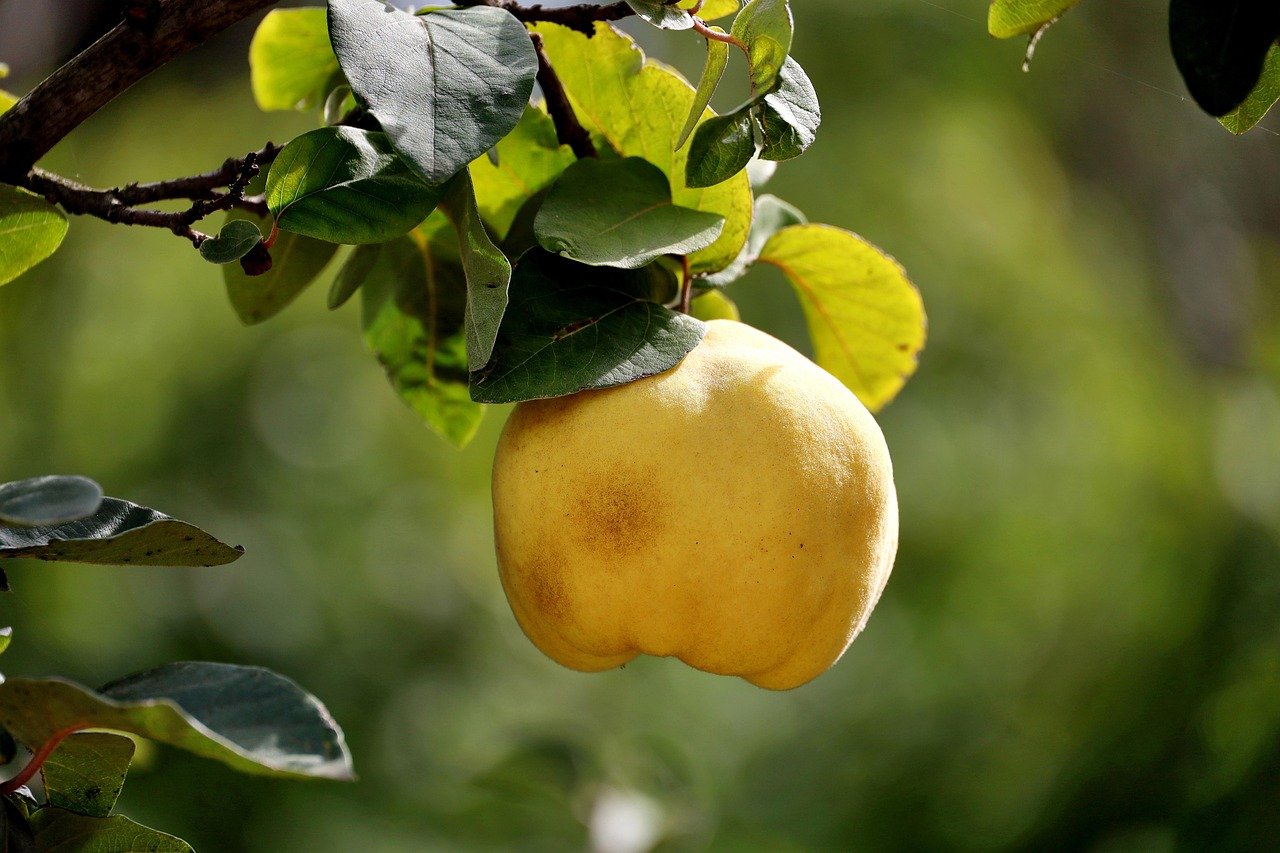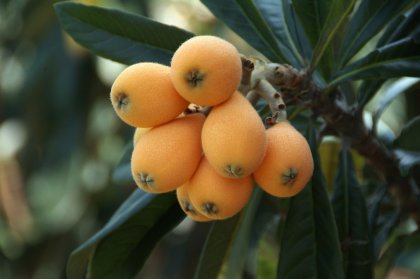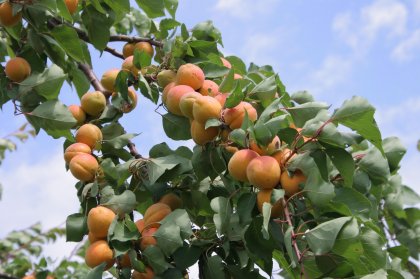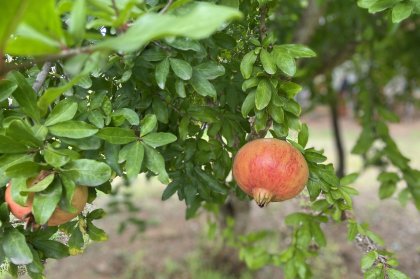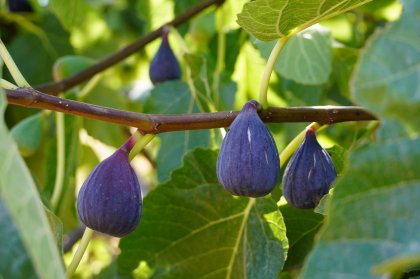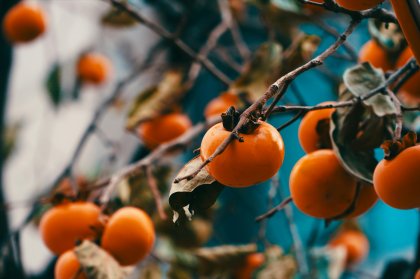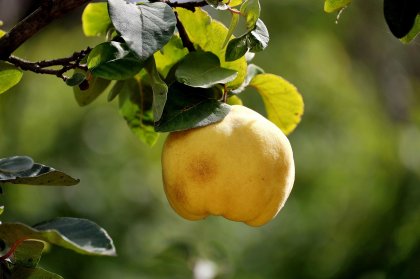Known as membrillo in Spanish, quince is a golden, fragrant fruit that ripens on trees across Ibiza’s countryside throughout October and November. Though often unfamiliar to visitors, it holds a cherished place in local tradition and cuisine.
Originally cultivated in the Middle East and Mediterranean basin, quince has been grown in Spain for centuries. Ibiza’s mild autumn climate provides ideal conditions for this hardy, aromatic fruit.
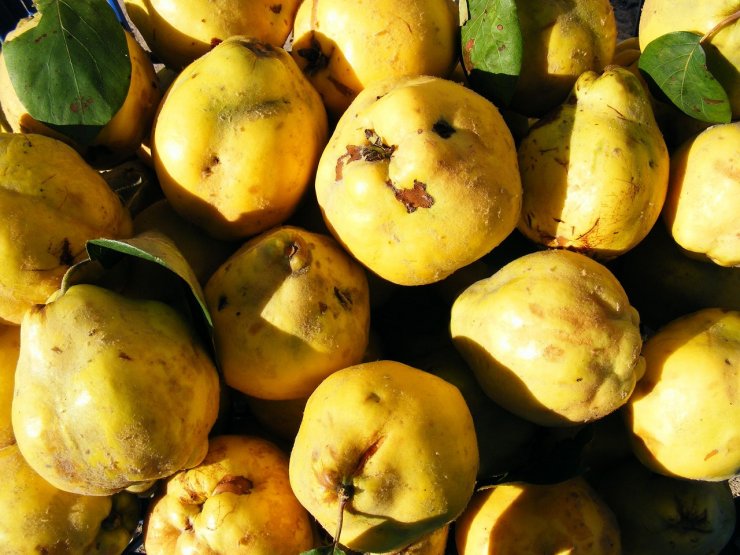
While Spain is one of the world’s top producers, Ibiza’s quince is mostly enjoyed locally or made into the beloved sweet paste known as dulce de membrillo.
Quince is rarely eaten raw owing to its tough texture and tart taste. However, when cooked, it softens, turns pink, and develops a floral, honeyed scent and flavour, becoming rich and candy-like. It's notably rich in fibre, vitamin C, and antioxidants.
Thanks to its high pectin content, it is ideal for preserves, pastes, and jellies. In Ibiza, it is usually transformed into jams, jellies, and liqueurs, or served alongside cheese to create a moreish dessert.
How to enjoy quince:
- Cooked: Simmer into jelly, paste, or compote; its high pectin content gives a perfect set
- Paired: Classic queso con membrillo (cheese with quince paste) is a must-try
- Dessert: Poach with honey and cinnamon for a warm, spiced treat
Remember:
- Always cook quince since it’s too hard and astringent to eat raw
- Never consume the seeds as they contain cyanogenic compounds
- Choose firm, yellow fruit with a strong floral scent.
Ibiza Spotlight Tip: For an authentic taste, look for artisanal dulce de membrillo at local markets like Mercat Vell in Ibiza Town, perfect paired with some slices of Manchego cheese and a glass of hierbas ibicencas.
Before we go, let's look at its use in a common Spanish saying that captures its complementary nature: “No te preocupes, encontrarás a alguien. A todo membrillo, un queso." ("Don't worry, you'll find someone. There's a lid for every pot.")
Images | RaKr_2 and Emilian Robert Vicol, Pixabay
